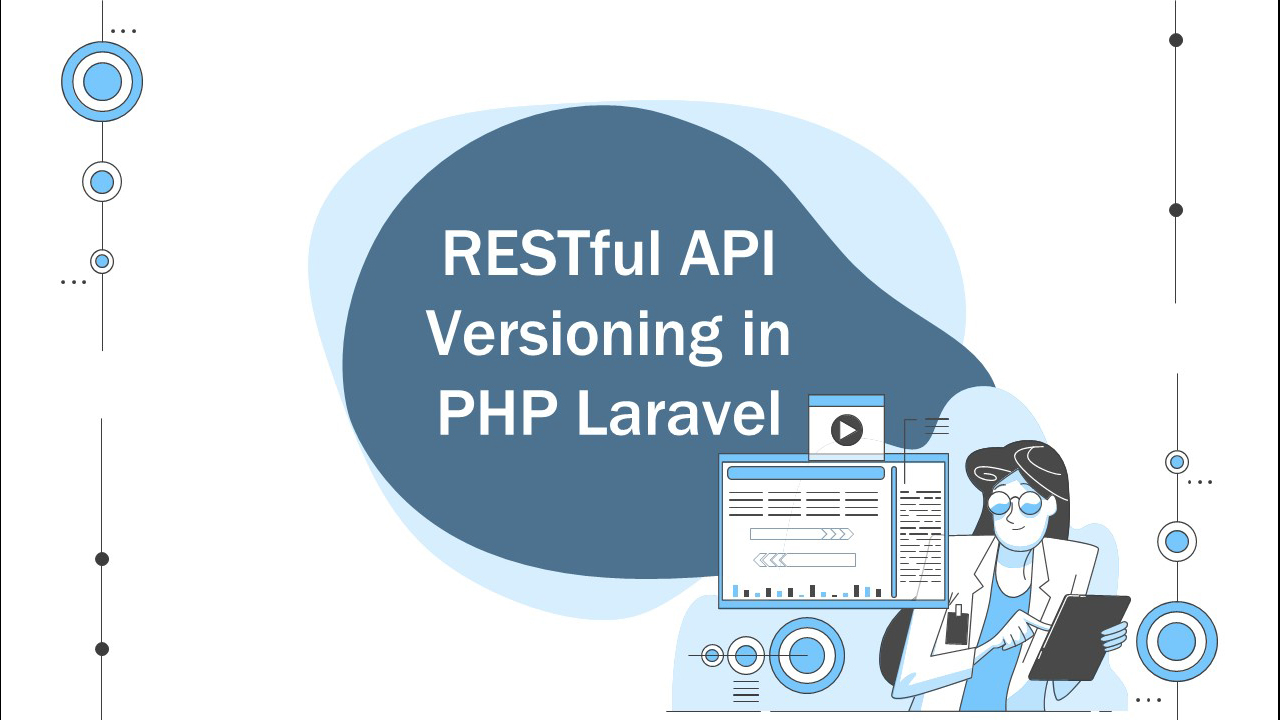AngularJS Beginner to Advance 2025: The Complete Guide for Modern Web Developers
Last Updated on Jul 17, 2025
- Introduction
- What Is AngularJS and Why Learn It Today?
- Setting Up AngularJS: Your First Project
- AngularJS Core Architecture Explained
- Deep Dive into Data Binding in AngularJS
- Understanding Controllers, Scopes, and Models
- Services and Dependency Injection in AngularJS
- Service Types Explained
- 1. Service (app.service())
- 2. Factory (app.factory())
- 3. Provider (app.provider())
- 4. Value (app.value())
- 5. Constant (app.constant())
- Choosing Between Service Types
- AngularJS Directives: From Basics to Custom Implementations
- Routing and Navigation with ngRoute and ui-router
- Advanced Topics: State Management, Event Handling, and Performance
- Unit Testing and E2E Testing with AngularJS
- Debugging and Performance Optimization
- Modern Tooling Ecosystem for AngularJS in 2025
- Migrating from AngularJS to Angular 2+ or React
- Final Thoughts and Industry Relevance in 2025
- Key Takeaways
Introduction
In today’s web development landscape, AngularJS may no longer dominate headlines, but it still powers countless legacy applications. Many organizations—especially in finance, healthcare, and enterprise software—rely on AngularJS systems that require ongoing maintenance and enhancements.
If you’re a beginner looking to understand JavaScript frameworks or a developer tasked with maintaining existing AngularJS apps, this guide will walk you through essential concepts—from foundational ideas to advanced techniques. By the end, you'll know how to:
- Build fully functional single-page applications (SPAs) using AngularJS.
- Test and debug AngularJS applications.
- Prepare for migrating AngularJS applications to modern frameworks like Angular (2+) or React.
What Is AngularJS and Why Learn It Today?
AngularJS is an open-source JavaScript framework created by Google in 2010. It simplifies building dynamic web applications using:
- Declarative templates.
- Two-way data binding.
- Dependency injection (DI).
- MVVM (Model-View-ViewModel) architecture rather than the originally advertised MVC.
Note: Google officially ended long-term support for AngularJS in December 2021. Despite this, AngularJS remains in use across large-scale enterprise projects.
Why Learn AngularJS in 2025?
- Legacy Code Maintenance: Many organizations still rely on AngularJS apps.
- Concept Transfer: Concepts like dependency injection, modular architecture, and two-way binding are foundational in modern frameworks.
- Niche Job Roles: Some companies specifically seek AngularJS expertise for maintenance tasks.
Setting Up AngularJS: Your First Project
Quick Setup Using a CDN
For experimentation or small projects:
<!DOCTYPE html>
<html ng-app="myApp">
<head>
<script src="https://ajax.googleapis.com/ajax/libs/angularjs/1.8.3/angular.min.js"></script>
</head>
<body ng-controller="MainController">
<h1>{{ greeting }}</h1>
<script>
var app = angular.module('myApp', []);
app.controller('MainController', function($scope) {
$scope.greeting = "Welcome to AngularJS 2025!";
});
</script>
</body>
</html>
Modern Setup Using npm + Build Tools
For maintainable projects, use npm and build tools:
npm install angular@1.8.3
npm install angular-route
npm install angular-animate
You would typically use a bundler like Webpack or Vite to package your application for deployment.
Recommended Project Structure
/app
/controllers
/services
/directives
/views
app.js
index.html
/package.json
/webpack.config.js
AngularJS Core Architecture Explained
Modules
Modules are containers that define an AngularJS application’s structure.
var app = angular.module('myApp', []);
Why Important:
- Enforces separation of concerns.
- Organizes components logically.
- Enables dependency management.
Controllers
Controllers handle presentation logic and expose data to views via $scope.
app.controller('MainController', function($scope) {
$scope.message = "Hello from the controller!";
});
Best Practices:
- Keep controllers thin—use services for business logic.
- Avoid DOM manipulation in controllers.
Scopes
Scopes link controllers and views:
$scope: Specific to a controller.$rootScope: Global application scope. Use sparingly.
Scope Hierarchy
Scopes are organized in a hierarchy that mirrors the DOM structure. Isolated scopes in directives prevent unwanted side effects.
Dependency Injection (DI)
AngularJS’s DI system injects services, values, constants, and factories where needed.
How AngularJS Resolves Dependencies
AngularJS relies on:
-
Array Annotation:
app.controller('MyController', ['$scope', 'myService', function($scope, myService) { // ... }]); -
$inject Property:
function MyController($scope, myService) { } MyController.$inject = ['$scope', 'myService']; -
Implicit Annotation: Only safe if using minification-safe build tools like ng-annotate or Babel plugins.
Deep Dive into Data Binding in AngularJS
Two-Way Data Binding
Automatically synchronizes model and view:
<input type="text" ng-model="user.name">
<p>Hello, {{ user.name }}!</p>
Watchers and Digest Cycle
AngularJS uses a digest cycle to check for model changes via watchers.
Performance Considerations:
- Too many watchers slow down large apps.
- Use
track byinngRepeatfor optimization. - Use one-time binding with
{{ ::expression }}when possible.
Understanding Controllers, Scopes, and Models
- Controllers: Manage data and business logic for views.
- Scopes: Context where model data lives. Supports hierarchy and inheritance.
- Models: Plain JavaScript objects holding application data.
Services and Dependency Injection in AngularJS
AngularJS provides several service types:
Service Types Explained
1. Service (app.service())
- Uses constructor function.
- Instantiated with
new. - Best for object-oriented logic.
app.service('MathService', function() {
this.add = function(a, b) {
return a + b;
};
});
2. Factory (app.factory())
- Returns an object or function.
- Ideal for functional patterns.
app.factory('MathFactory', function() {
return {
add: function(a, b) {
return a + b;
}
};
});
3. Provider (app.provider())
- Most configurable.
- Used for setting values/configuration before app runs.
app.provider('ConfigurableService', function() {
var configValue = 'Default';
this.setConfig = function(value) { configValue = value; };
this.$get = function() {
return { getConfig: function() { return configValue; } };
};
});
4. Value (app.value())
- Simple constant-like value.
- Not available during configuration phase.
app.value('apiBaseUrl', 'https://api.example.com/');
5. Constant (app.constant())
- Like
value, but available in config blocks.
app.constant('appVersion', '1.0.0');
Choosing Between Service Types
-
Service Type: service
Instantiation: Constructor
Use Case: OO logic -
Service Type: factory
Instantiation: Object
Use Case: Functional logic -
Service Type: provider
Instantiation: Configurable
Use Case: Library development, pre-runtime setup -
Service Type: value
Instantiation: Value
Use Case: App-level constants -
Service Type: constant
Instantiation: Immutable
Use Case: Bootstrap-time constants
AngularJS Directives: From Basics to Custom Implementations
Built-in Directives
- ngModel: Two-way binding.
- ngRepeat: Loops.
- ngIf: Conditional display.
- ngClass: Dynamic class binding.
Custom Directives
Attribute Directive Example
app.directive('highlight', function() {
return {
restrict: 'A',
link: function(scope, element) {
element.css('background-color', 'yellow');
}
};
});
Element Directive Example
app.directive('userCard', function() {
return {
restrict: 'E',
template: '<div><h3>{{ user.name }}</h3><p>{{ user.description }}</p></div>',
scope: { user: '=' }
};
});
Key Configuration Options
- restrict: E, A, C, M.
- template/templateUrl
- scope: Shared, inherited, isolated.
- link function: DOM logic.
- controller: Business logic inside the directive.
Routing and Navigation with ngRoute and ui-router
Using ngRoute
Simple applications benefit from ngRoute.
Example Setup
app.config(function($routeProvider) {
$routeProvider
.when('/home', { templateUrl: 'home.html' })
.when('/about', { templateUrl: 'about.html' })
.otherwise({ redirectTo: '/home' });
});
Using ui-router (Recommended for Complex Apps)
Benefits
- Nested states.
- Named views.
Configuration Example
app.config(function($stateProvider, $urlRouterProvider) {
$stateProvider
.state('home', { url: '/home', templateUrl: 'home.html' })
.state('about', { url: '/about', templateUrl: 'about.html' });
$urlRouterProvider.otherwise('/home');
});
Advanced Topics: State Management, Event Handling, and Performance
State Management
Best Practice: Services
Use services instead of $rootScope for shared state.
Example:
app.factory('StateService', function() {
var state = { user: null };
return {
getUser: () => state.user,
setUser: (user) => { state.user = user; }
};
});
Event Handling
- $emit: Up the scope chain.
- $broadcast: Down the scope chain.
- $on: Listen.
Best Practice: Prefer service-based state over excessive event usage to reduce coupling.
Performance Optimization
-
Limit watchers.
-
One-time bindings.
-
Use
track byinngRepeat. -
Disable debug data in production:
app.config(['$compileProvider', function($compileProvider) { $compileProvider.debugInfoEnabled(false); }]);
Unit Testing and E2E Testing with AngularJS
Recommended Tools in 2025
- Jasmine: Unit tests.
- Karma: Test runner.
- Cypress: Modern E2E testing (Protractor is obsolete).
Unit Test Example
describe('MathService', function() {
beforeEach(module('myApp'));
let MathService;
beforeEach(inject((_MathService_) => {
MathService = _MathService_;
}));
it('should add numbers', () => {
expect(MathService.add(2, 3)).toBe(5);
});
});
E2E Testing Example Using Cypress
describe('My App', () => {
it('displays greeting', () => {
cy.visit('/');
cy.contains('Welcome to AngularJS 2025!');
});
});
Debugging and Performance Optimization
- AngularJS Batarang (Legacy Chrome Extension)
- $log Service
- Strict DI Mode (
ng-strict-di) - Webpack/Babel plugins for dependency annotations
Modern Tooling Ecosystem for AngularJS in 2025
- npm: Package management.
- Webpack/Vite: Modern bundling.
- ESLint + AngularJS Plugin
- Prettier
- Babel/ng-annotate: Safe minification.
Migrating from AngularJS to Angular 2+ or React
Best Practices
- Refactor into components and services.
- Use AngularJS 1.8’s
component()API. - Integrate with Angular (2+) via
ngUpgrade. - Develop a clear migration roadmap.
Final Thoughts and Industry Relevance in 2025
AngularJS remains significant in maintaining legacy web applications. Learning AngularJS:
- Teaches transferable front-end concepts.
- Helps maintain large, critical enterprise systems.
- Prepares developers for migration and modernization projects.
Key Takeaways
- Foundational Concepts: DI, two-way binding, modular architecture.
- Legacy Relevance: Maintained by major organizations.
- Full SPA Capabilities: Components, services, directives, routing.
- Testing and Debugging: Jasmine, Karma, Cypress.
- Migration Preparedness: Plan carefully using modern tools.






